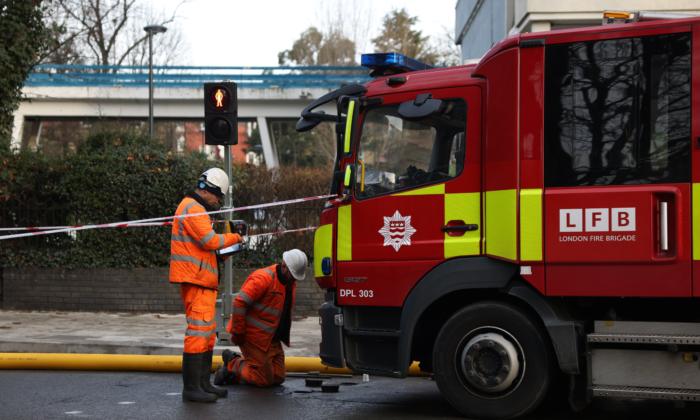Children’s physical activity levels have fallen following the COVID-19 lockdowns, and have not returned to pre‑pandemic levels despite the easing of restrictions, a new UK study has found.
While there was no change in their parents’ physical activity levels, the findings showed 10 to 11-year-olds took part in an average of just 56 minutes of moderate to vigorous intensity physical activity during weekdays from last April to December.
On average, the amount of physical activity dropped by around 8 minutes, or 13 percent, from the pre-pandemic levels, the researchers said.
Following the lockdowns, children were less active at the weekend than during the week, taking part in 46 minutes of moderate to vigorous physical activity during weekend days—around 8 minutes lower than before the pandemic.
According to the study, there has also been a marked increase in sedentary time, with children spending 25 minutes longer being sedentary per day than before the pandemic.
Professor Russ Jago, of the University of Bristol, said: “It was surprising the extent children’s physical activity levels had fallen after the pandemic, indicating that changes in physical activity patterns did not revert to previous levels once freedoms had been restored.
“These findings highlight a greater need to work with children, families, schools, and communities to maximise the opportunities for children to be physically active as we emerge from the COVID-19 pandemic.”
The research team adopted a natural experiment design and asked children and their parents to wear an accelerometer to measure the intensity of physical activity.
The study compared accelerometer data from 393 families collected between May and December 2021 to data collected from 1,296 pairs in the same schools three years ago, before the pandemic.
Ruth Salway, a statistician from the University of Bristol, said: “The key strength of this study was we used data collected before and after the pandemic, using the same methods and in the same schools.
“The data clearly demonstrates children’s physical activity had deteriorated once the restrictions were lifted.
“This emphasises the importance of understanding how such habits change over time, so appropriate support and interventions can be introduced as normality resumes.”





